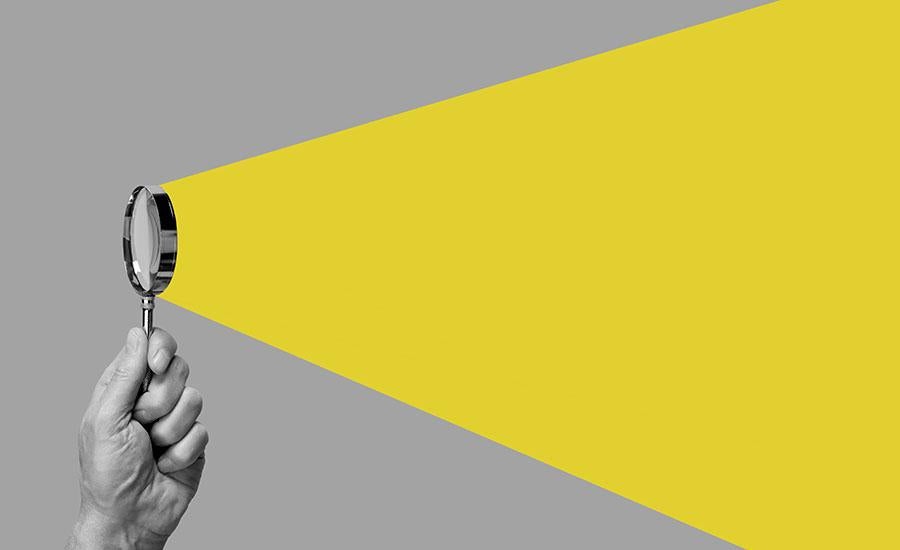
Light Reflection and Light Refraction
How do light rays reflect and refract? Does light travel at different speeds in different mediums? This lesson reviews how light waves can be reflected and refracted, and how light waves can change speed when being transmitted from one medium to another. Snell's Law is examined in detail, as are the properties of light waves in general, such as speed, frequency and wavelength. An exploration of mirrors (for light reflection) and lenses (for light refraction) are included, as are prisms which exhibit light dispersion and internal reflection. Lastly, examples of how light reflection and light refraction are used in modern devices and technologies are provided.
Lesson Plan Link/URL
https://docs.google.com/presentation/d/1a9IcZRdvHLA3M8SHjD3Frk_4jkZSZbm3/edit?u…Subject Area
Science Physical Science P1: Matter P4: Energy Transfer Engineering S2: Apply the Engineering Design Process S4: Apply Science to Engineering Mathematics Geometry (G) Algebra (A) Reasoning with Trigonometry (RT) Reasoning with Vectors (RV)Related Content

This lesson assumes prior knowledge of basic electricity and magnetism concepts and focuses deeply on Induction. Levels adjusted for 9th to 12th grade, dual enrollment and AP Physics.

The lesson connects STEM and Literacy with this amazing Read Aloud STEM Activity. In the story, the character shares her passion for math. She finds lots of places that she sees math in her world. One

This lesson uses a diagram of a football being punted to demonstrate the forces of motion and the transfer of energy. Students are then challenged to apply what they learned to engineer a mechanical